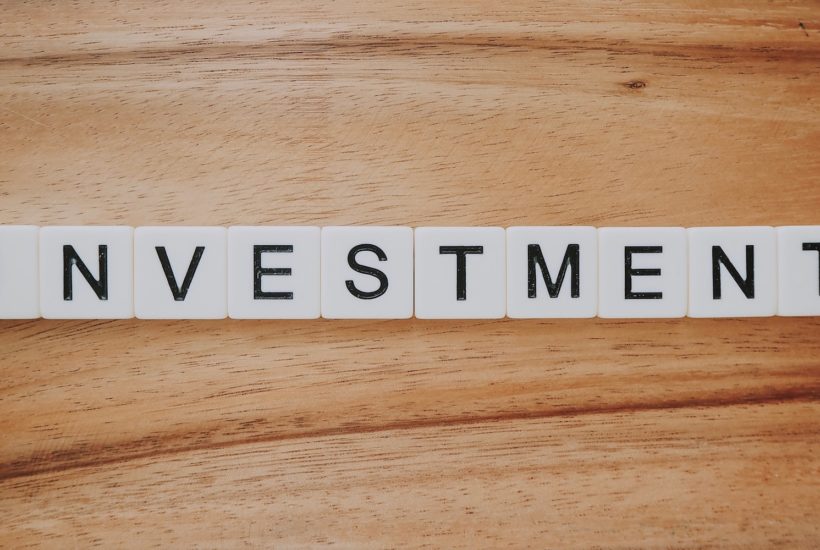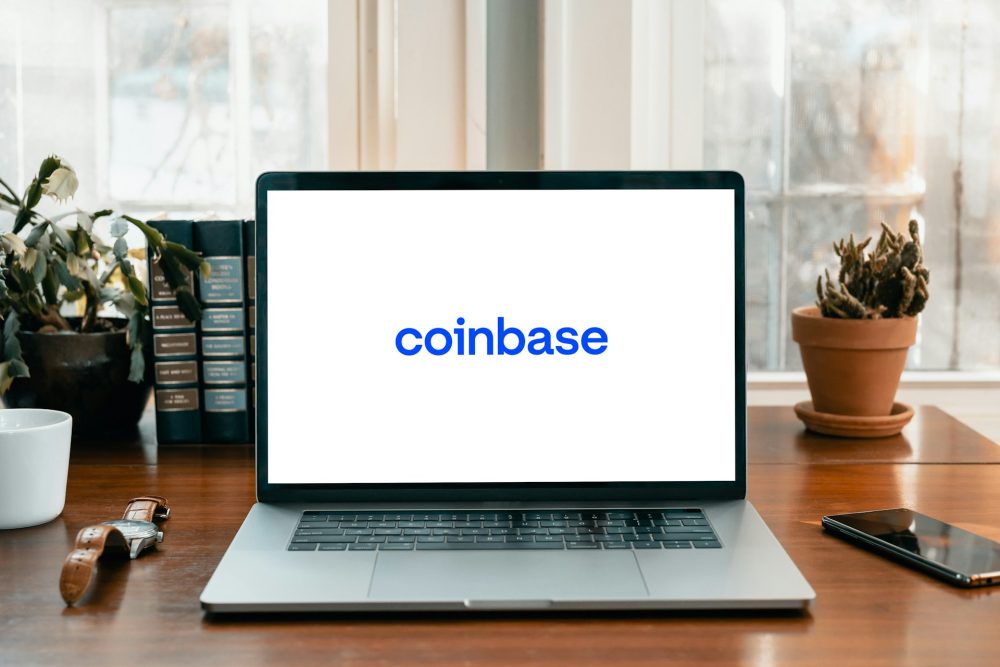Featured
Five tips for passive index investing
From the perspective of an individual investor, passive investing can be a mixed bag. It’s remarkably simple but an over-reliance on index funds could lead to disaster if the market flips and passive funds blow past the tipping point. With these warnings in mind, individual investors should follow these five tips to balance the simplicity and ease of ETFs with the need for a safe portfolio.

More people than ever are investing in the stock market, driven by simplicity and low-fee stock trading, the availability of index funds and ETFs and other innovations has brought Wall Street to Main Street. Today, just over half of all Americans have a stake in the stock market, either directly, or more commonly indirectly through mutual funds, pensions or ETFs.
Coupled with historically low interest rates that have forced some people to look towards moving away from CDs and money market accounts, interest in an easy path to stock market profits is at an all-time high.
A fundamental shift in trading
Stock market investing at one time required a substantial amount of research, a relationship with a reputable broker (who probably charged hefty fees), and money to burn. Index funds make the whole process simpler with very low fees, and a product which requires very little decision-making. These funds represent an easy entrée into the stock market, and it’s generally considered a safe bet.
SPIVA research shows that a substantial percentage of active managers, who are presumably good at their jobs and understand the market better than casual investors, still have failed to beat their respective index over the past 18 years. The most recent report also shows that for the ninth consecutive year, about 65 percent of large-cap funds underperformed the S&P 500, and an even higher percentage of small-cap funds lagged the S&P 500.
It should come as no surprise then, that index funds are increasingly one of the most popular investment products on the market, and many people have the majority, or even 100 percent, of their retirement in passive investing index funds. And it’s not just casual investors, either; many institutional money managers are using index ETFs in rules-based, algorithmic portfolios.
Too much of a good thing
This shift means that a large percentage of trading today is not based on fundamentals such as earnings, value ratios and just a regular reading of the business page. A passive strategy is remarkably easy, and it has delivered returns equal to or greater than active funds for years. But there is a potential hidden downside, in that the simplicity of this strategy may well be its undoing.
The lack of attention to fundamentals means that for the most part, those who engage in a passive investing strategy have no understanding of what they are investing in, other than being based on a basket of equities based on a given index.
As more assets fall under index fund trading, we may see a tipping point in the future. A massive shift towards indexing, and the corresponding interest in a quick-and-easy path has led some investors to buy investment vehicles without putting in the time to learn more about their real value (the fundamentals).
This could very well change the entire market structure, or even contribute to a global economic downturn. A meaningful and productive market cannot exist without at least some participants engaging in research and analysis. This topic was the subject of a Jackson Hole economic symposium held by the Fed last year.
The late Jack Bogle, who created the index fund as a way for retail investors to compete with professionals, himself had misgivings about ETFs, and urged investors to use them only as long-term investments, and was harshly critical of those who day-trade them.
A Wall Street Journal article asks the question, what happens when these funds become too successful? If the trend towards consolidation of equities into index funds continues, it is likely that a small number of large institutional investors will hold control of most large corporations, gaining influence over corporate governance and strategies.
Already three fund managers, Vanguard, BlackRock, and State Street Global, own a collective 81 percent of index fund assets. Bogle saw this trend, which is emerging today, as an indication of potential economic disaster.
We have not yet hit the tipping point, and indexes still outperform active portfolios. Two trends – more people investing in index funds lead to greater consolidation and growing dominance of index fund providers, once reaching a saturation point, is likely to concentrate the market too much.
Once that happens, with such a large and growing percentage of trading being done with index funds, a minor downturn could quickly turn into a major one and substantial shareholder value would be lost very quickly.
Five tips for passive investing
From the perspective of an individual investor, passive investing is a mixed bag. On the one hand, it’s remarkably simple, and pays off, at least presently. But an over-reliance on index funds could lead to disaster if the market flips and passive funds blow past the tipping point and become the majority, potentially leading to lost value personally and an economic downturn on a large scale.
With these warnings in mind, individual investors should follow these five tips to balance the simplicity and ease of ETFs with the need for a safe and balanced portfolio.
- Low cost is not always the best investment option. Spending some money on knowledge-based investing still has a place in your strategy.
- Assess other index ETFs to broaden your exposure. A high percentage of index ETFs are linked to the S&P 500. This may seem like a good strategy since it outperforms the market, but good things don’t last forever. Assess other index ETFs outside of the S&P 500 to broaden your exposure.
- Don’t invest all of your assets in index funds. A blend between passive and active investing can yield strong results and position you better to withstand a downturn or market upset.
- Have an exit strategy. The idea of putting your money into a investing fund and forgetting it is attractive, but dangerous.
- Understand your risk tolerance. What would happen if there were a 20 percent drawdown on your portfolio? Would it significantly impact your lifestyle?
Index trading is a great way to get started, but may not be so advantageous as a singular long-term strategy. The rise of quantitative investing and algorithmic trading which is not based on fundamentals is a reason to be concerned, along with a progressively larger flow of funds into indexed mutual funds and ETFs.
The resulting consolidation trend could mean a small handful of companies will dominate the market and have undue influence on corporate governance, and ultimately, a market downturn could result in a snowball effect and massive selloff. Index funds do have a place in your portfolio – it just shouldn’t be the only one.
—
(Featured image by Precondo CA via Unsplash)
DISCLAIMER: This article was written by a third party contributor and does not reflect the opinion of Born2Invest, its management, staff or its associates. Please review our disclaimer for more information.
This article may include forward-looking statements. These forward-looking statements generally are identified by the words “believe,” “project,” “estimate,” “become,” “plan,” “will,” and similar expressions. These forward-looking statements involve known and unknown risks as well as uncertainties, including those discussed in the following cautionary statements and elsewhere in this article and on this site. Although the Company may believe that its expectations are based on reasonable assumptions, the actual results that the Company may achieve may differ materially from any forward-looking statements, which reflect the opinions of the management of the Company only as of the date hereof. Additionally, please make sure to read these important disclosures.

-

 Markets1 week ago
Markets1 week agoShockwaves of War: U.S. Strikes Iran, Markets Teeter, Global Risks Rise
-

 Crypto5 days ago
Crypto5 days agoCoinbase Surges: Bernstein Targets $510 as COIN Hits Highest Price Since IPO
-

 Africa2 weeks ago
Africa2 weeks agoBank of Africa Launches MAD 1 Billion Perpetual Bond to Boost Capital and Drive Growth
-

 Markets12 hours ago
Markets12 hours agoCoffee Prices Decline Amid Rising Supply and Mixed Harvest Outlooks
























